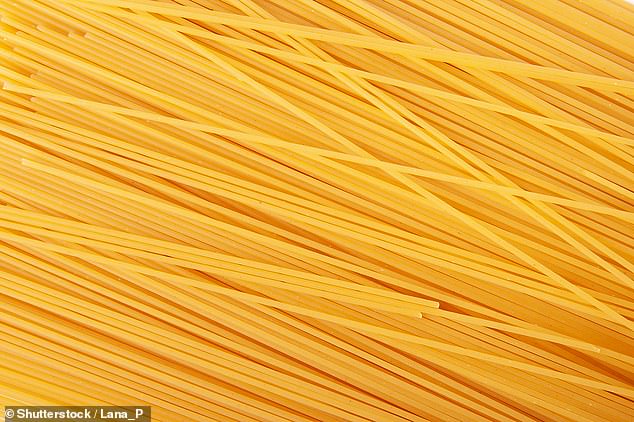Anyone who has tried to make pasta at home will understand the skill and patience required to get the perfect thickness.
So spare a thought for this group of scientists, who have created the world’s thinnest spaghetti.
A team from University College London (UCL) have made strands about 200 times thinner than a human hair.
In fact, they’re so slim they can’t even be seen under a microscope!
But instead of using the spaghetti for eating, it will be utilised in medical research, they said.
The experts said their accomplishment is not intended to be a new food but has been created because of the wide-ranging uses that extremely thin strands of material, called nanofibers, have in medicine.
Nanofibers made of starch – produced by most green plants to store excess glucose – are especially promising and could be used in bandages to aid wound healing.
This is because nanofiber mats are highly porous, allowing water and moisture in but keeping bacteria out.


They could also be used as scaffolding for bone regeneration and for delivering drugs to parts of the body.
However, they rely on starch being extracted from plant cells and purified – a process that requires a lot of energy and water.
A more environmentally friendly method, the researchers say, is to create nanofibers directly from a starch-rich ingredient like flour, which is the basis for pasta.
In a new paper, the team describe making spaghetti just 372 nanometres – billionths of a metre – across using a technique called electrospinning, in which threads of flour and liquid are pulled through the tip of a needle by an electric charge.
Co-author Dr Adam Clancy said: ‘To make spaghetti, you push a mixture of water and flour through metal holes.
‘In our study, we did the same except we pulled our flour mixture through with an electrical charge.
‘It’s literally spaghetti but much smaller.’
The novel ‘nanopasta’ formed a mat of nanofibers about 2cm across, and so is visible, but each individual strand is too narrow to be clearly captured by any form of visible light camera or microscope, so their widths were measured with a scanning electron microscope.

The next thinnest known pasta, called ‘su filindeu’ – ‘threads of God’ – is made by hand by a pasta maker in Sardinia.
That pasta is estimated to be about 400 microns wide – 1,000 times thicker than the new creation.
Co-author Professor Gareth WIlliams: ‘I don’t think it’s useful as pasta, sadly, as it would overcook in less than a second, before you could take it out of the pan.’
Their work was published in the journal Nanoscale Advances.

